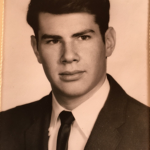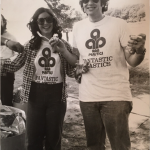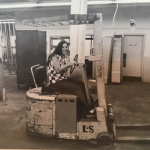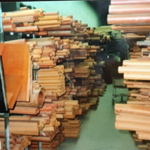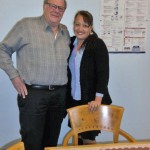What Are Polymers? What Polymers Occur In Nature?
POLYMER: a chemical compound that is made of small molecules that are arranged in a simple repeating structure to form a larger molecule.
Naturally Occurring Polymers
To know what a polymer structure looks like, think of a chain with many links connected together. In nature our own DNA is an excellent example. DNA (Deoxyribonucleic acid) is a molecule that carries the genetic instructions used in the growth, development, functioning and reproduction of all known living organisms. The diversity of how these chains link mean polymers exhibit a very broad range of properties making them an essential and vital piece in everyday life, no matter where we look.
How Are Polymers Created?
Polymers are created through chemical reactions known as polymerizations, and most polymers are made via just two basic reaction types.
Polymerization Type #1 – Condensation polymerization.
Condensation polymerizations occur when two monomers react to yield a repeat unit (a chain) and then along the way they lose small molecules as by-products such as water or methanol. In plastics one example of condensation polymerization is polyamide that comes from monomers with carboxylic acids and basic amines. A polyamide is a macromolecule with repeating units linked by amide bonds. In our business of engineered plastics we often think of DuPont Vespel®, a specialized engineered plastic. On the other end, naturally occurring polyamides are also the proteins that make up wool and silk.
Synthetic Polyamides and the Birth of Nylon
Wallace Hume Carothers (April 27, 1896 – April 29, 1937) was an American chemist. He is most noted as the inventor of nylon, one of the most widely used and known plastics throughout the world because of is many forms and uses.
Carothers was the leader of organic chemistry at DuPont when he made the first nylon to be a synthetic replacement for silk. Most people also know this is where nylon stockings became popular as silk went into short supply, but nylon was so successful that it replaced many different products after silk became scarce during World War II. Most noted nylon was used in military applications such as parachutes and flak vests. After initial the commercialization of nylon as a fiber, applications in the form of shapes and films were also developed with demand. Industries as diverse as packaging, electrical and electronics, consumer goods, appliances, and automotive are just a few of the areas that developed applications for nylon plastic in various forms.
Polymerization Type #2 – Chain-Growth Polymerization
Chain growth polymerization occurs when a monomer forms a molecule with an unpaired electron. The free radical reacts quickly with another monomer and causes a repeat unit with another free radical. A rapid chain reaction continues bringing about the polymerization, and the polymer chain continues to grow longer.
One example of a synthetic polymer made through a chain-growth polymerization is polystyrene, a polymer commonly found in disposable drinking cups. It is interesting to note that the original discovery of this polymer dates all the way back to 1839 by Eduard Simon. As a traveling member of AIN Plastic Business Development I rely heavily on this synthetic polymerization… Since the discovery of this polymerization process, the advancements have been ever changing in the industry of materials like engineered plastics. For example, polystyrene itself comes in forms from clear and hard to a foam version invented by DOW in 1941. The end result simply depends on the particular catalyst and chemicals selected to create polymerization process.
Chemists have discovered new catalysts and developed new synthetic chains to join small molecules into long polymer chains with the right properties for almost any particular use….only time will tell what comes next, and I for one, can’t wait to see.
 Kendall Montague
Kendall Montague
Industry Segment Manager, Oil and Gas
thyssenkrupp Materials NA
AIN Plastics Division
M: +1 (314) 502-0813, : +1 (877) 246-7700, Kendall.Montague@thyssenkrupp.com
See our catalog online at www.onlineplastics.com
Kendall Montague is a veteran of the plastics industry with 16+ years experience working with OEM and MRO engineers assisting in developing thermoplastics material selection as well as custom design and fabrication using CNC equipment.
Sources for this article:









